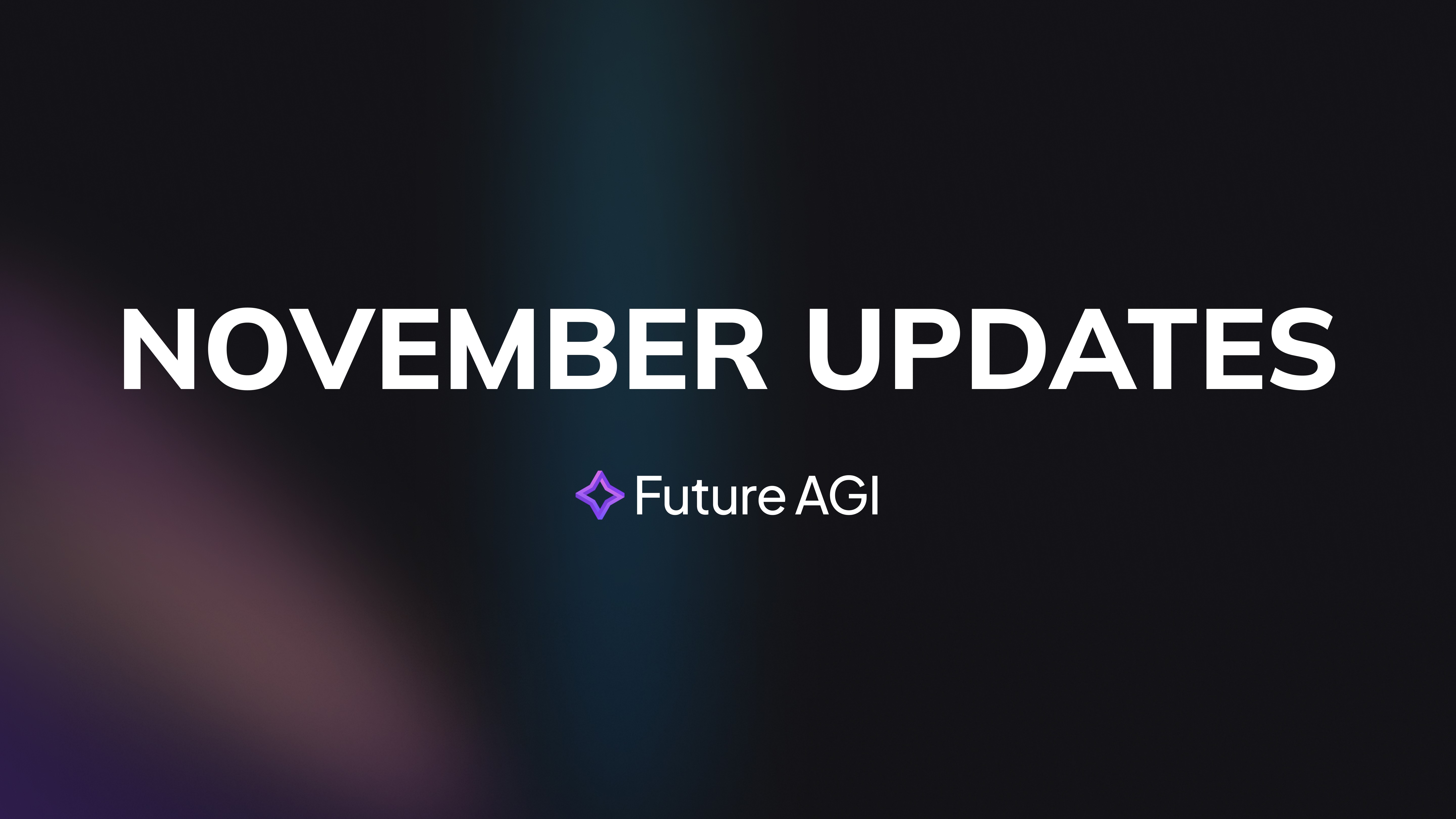Introduction
In 2025, we are seeing new startups and organizations joining the race of building powerful LLMs. However, what about the giants, Google? Yes, it's Gemini 2.5 Pro.
This model has done better than rivals like the GPT-4.5 and the Claude 3.7 Sonnet on a number of tests, such as the GPQA and AIME 2025 math and science tests.
Meanwhile, AI models are currently being developed to enhance their reasoning capabilities. Some models, like OpenAI's o3 and DeepSeek's R1, are trained to self-correct before responding, which makes them better at handling complicated tasks.
Moreover, Google's Gemini 2.5 Pro model supports text, images, music, and video with a 1 million-token context window.
Consequently, a context window with 1 million tokens lets the system handle large amounts of data—like whole codebases or long documents—which improves its speed and understanding.
Therefore, let’s look at what this model offers; we will also be examining its benchmarks, comparing it with Gemini 2.5 Pro vs Claude 3.7 Sonnet, and much more.
What's New in Gemini 2.5 Pro?
Integrated Reasoning Architecture: Gemini 2.5 Pro now pauses to reason through each step instead of blurting out the first idea it finds. This reflective loop trims errors and produces clearer results when a question turns thorny.
Massive Context Window: A single prompt can pack one million tokens—enough for an entire codebase or a doctoral thesis. Google plans to double that allowance to two million soon, smoothing multi-turn chats in the process.
Enhanced Coding Capabilities: Developers will spot tidier import lists, sturdier error messages, and the option to request JSON or call functions straight from the response. Put simply, Gemini ships code that needs far less post-processing.
Native Multimodal Input Handling: Hand the model a screenshot, a short voice clip, and a paragraph of text in one go; it knits the clues together and spots issues fast. That multimodal trick shines during bug hunts and flow-chart reviews.
Recent Knowledge Cutoff & Updated Training Data: Because the training data runs through January 2025, the system speaks today’s language even without live web access.
New Tooling and API Enhancements: The refreshed API hooks into external runtimes, supports real-time search grounding, and executes small code snippets on demand, making it easier to bolt Gemini 2.5 Pro onto an existing stack.
Detailed Benchmark Analysis
Gemini 2.5 Pro has some outstanding benchmark results, especially on tasks that require a lot of reasoning:
Benchmarks | Gemini 2.5 Pro | OpenAI o3-mini | OpenAI GPT-4.5 | Claude 3.7 Sonnet | Grok 3 Beta | DeepSeek R1 |
Humanity's Last Exam (no tools) | 18.8% | 14.0% | 6.4% | 8.9% | - | 8.6% |
GPQA Diamond (single attempt) | 84.0% | 79.7% | 71.4% | 78.2% | 80.2% | 71.5% |
AIME 2025 (single attempt) | 86.7% | 86.5% | - | 49.5% | 77.3% | 70.0% |
AIME 2024 (single attempt) | 92.0% | 87.3% | 36.7% | 61.3% | 83.9% | 79.8% |
LiveCodeBench v5 (single attempt) | 70.4% | 74.1% | - | - | 70.6% | 64.3% |
Aider Polyglot (whole file) | 74.0% | 60.4% (diff) | 44.9% (diff) | 64.9% (diff) | - | 56.9% (diff) |
SWE-bench Verified | 63.8% | 49.3% | 38.0% | 70.3% | - | 49.2% |
SimpleQA | 52.9% | 13.8% | 62.5% | - | 43.6% | 30.1% |
MMMU (single attempt) | 81.7% | no MM support | 74.4% | 75.0% | 76.0% | no MM support |
MRCR (128k context) | 94.5% | 61.4% | 64.0% | - | - | - |
Global MMLU (Lite) | 89.8% | - | - | - | - | - |
Table 1: Gemini 2.5 pro benchmarks: Source
3.1 Reasoning and General Knowledge Benchmarks
Humanity's Final Exam: Clearly, the model obtained a score of 18.8 %, surpassing GPT-4.5's 6.4 % and Claude 3.7 Sonnet's 8.9 %. This result suggests superior unaided reasoning and knowledge recall.
GPQA Diamond: The system attained an 84.0 % pass@1 performance on this graduate-level physics assessment, showing an ability to address complex STEM questions effectively.
3.2 Mathematics and Logic Performance
AIME 2024 and 2025 Benchmarks: The model demonstrated strong logical thinking and mathematical problem-solving skills, scoring 92.0 % and 86.7 % respectively.
3.3 Coding Benchmarks and Real-World Code Quality
LiveCodeBench v5: It scored 70.4 %, demonstrating reliable and superior code generation capabilities.
Aider Polyglot & SWE-Bench Verified: With 74.0 % on Aider Polyglot for multi-language code editing and 63.8 % on SWE-Bench Verified, it outperformed GPT-4.5 (38.0 %) and came very close to matching Claude 3.7 Sonnet's 70.3 %.
3. 4 Long Context & Multimodal Processing
MRCR Benchmark: The model showed exceptional comprehension of extensive documents, achieving 94.5 % accuracy at a 128 k context length. This capability can be expanded to a full 1-million-token context window.
MMMU Benchmark: Likewise, it displayed a high level of multimodal awareness across text, images, and diagrams, achieving 81.7 %.
3.5 Extended Thinking vs. Non-Thinking Models
Comparison of Extended Reasoning Modes: Notably, the integrated reasoning architecture allows the system to surpass Claude 3.7 Sonnet and Grok 3 in benchmarks like Humanity's Last Exam and GPQA Diamond, underscoring the superiority of built-in reasoning mechanisms over models that depend on external tools.
Real-World Performance & Developer Reviews
Development: Moreover, the model generates functional web interfaces by precisely replicating UI layouts from images with almost 80 % visual similarity, so it outperforms similar models, including GPT-4.
Project Architecture & Integration: Consequently, architects add fresh features and enhance system designs using architectural upgrades and feature implementations.
Multi-Step Problem Solving: Additionally, the model excels at addressing complex, multi-step problems in business applications by offering sensible responses that consider every component and its dependencies.
Developer Feedback and Practical Performance: Developers say it improves development with advanced debugging and error diagnosis.
Gains in Productivity: Therefore, its capabilities contribute to enhanced code quality and increased overall productivity by streamlining development workflows and reducing time spent on everyday tasks.
Limitations and Best Practices: However, developers note that the code it generates isn't always consistent, stressing the importance of clear, organized directions for the best results.
Gemini 2.5 Pro vs Claude 3.7 Sonnet: A Comparative Analysis
The flagship large-language models, released in early 2025, are designed to address challenging coding and reasoning tasks. Given their comparable skills, they make a direct comparison. Claude 3.7 Sonnet provides transparent reasoning through its “extended thinking” mode, while Gemini’s larger context window offers multimodal support.
Side-by-Side Coding Performance

Table 2: Gemini 2.5 pro vs. Claude 3.7 benchmarks: Source
Strengths and Weaknesses
In conclusion, the model is excellent for developing interactive applications and managing extensive documentation. It is especially effective at tasks requiring advanced reasoning and multimodal inputs, and it provides a broader context window. Claude 3.7 Sonnet remains a solid choice for business communications and document-processing tasks due to its ability to generate straightforward, maintainable code and excel in structured reasoning.

Table 3: Strengths & Weaknesses of Gemini 2.5 Pro and Claude 3.7 Sonnet
Gemini 2.5 Pro Pricing & Cost Analysis
Google has implemented a two-tier pricing structure that segregates standard usage (prompts up to 200 000 tokens) and extended usage (prompts exceeding 200 000 tokens). Developers can therefore choose a plan that suits their needs.

Table 4: Gemini 2.5 Pro Cost Analysis
Because pricing is competitive—particularly in light of multimodal capabilities and the extensive context window—GPT-4.5 may cost more, which matters for budget-limited projects. Claude 3.7 Sonnet strikes a good mix between price and performance, especially for tasks that need structured thinking. Meanwhile, o3-mini offers a cost-effective solution for applications with more modest requirements.
How to Access Gemini 2.5 Pro
For convenience, you can access the system on various platforms, each designed to meet a specific user base:
Gemini App (Mobile & Web) – quick access for chats
Gemini API – call model gemini-2.5-pro-preview-03-25 with text, image, audio, or video
Google AI Studio – a user-friendly interface for experimentation, debugging, and testing multimodal inputs
Vertex AI (coming soon) – enterprise-grade deployment with monitoring baked in
When to Use Gemini 2.5 Pro
Why choose it for complex reasoning? The built-in “thinking” loop parses tough puzzles step by step.
How does the long context help? Whole repositories fit, so code reviews happen in minutes, not hours.
What benefits arise from multimodal inputs? Screenshots, audio snippets, and diagrams merge into one coherent analysis.
Why is productivity higher? Cleaner code plus JSON outputs cut manual edits.
Conclusion
Ultimately, the model pairs integrated reasoning with massive multimodal context, delivering top-tier scores across reasoning, math, and coding benchmarks. Pricing stays competitive, while API enhancements shorten dev cycles. Therefore, if your projects demand large files, rich media, or creative builds, this solution outruns GPT-4.5 and edges past Claude 3.7 Sonnet in raw versatility. Use it now, stay ahead, and let structured prompts unlock its full potential.
Launch the Future AGI app to evaluate leading LLMs against your own data in real time.
For a comprehensive overview, consult our LLM Leaderboard blog and rank each model for your specific use case.
FAQs













